|
|
|  DSH 5905 q; u3 t1 y) U J9 M4 z# @ DSH 5905 q; u3 t1 y) U J9 M4 z# @
, _7 G% N2 |& S% v! C; h3 g
| Rule for creepage across grooves and similar surface discontinuities3 N& }' u ~# @5 y
| IEC60664-1: 1992 cl. 4.2 IEC60335-1: 1991 Annex E IEC60335-1: 2001 Cl. 29 IEC60730-1: 1999 Annex B IEC60950: 1999 Annex F IEC60950-1: 2001 Annex F IEC60065: 2005 Annex E IEC61010-1: 2002 Annex C IEC60601-1: 1988 Notes Figs 39-47 IEC61558-1: 1988 Annex A IEC61058-1: 2000 Annex A IEC60598-1: 2003 - IEC60745-1: 2001 Annex A IEC61008-1: 2002 Annex B IEC60947-1: 2004 Annex G
8 ], l, [0 t( c; x | 60335-1(ed.4) & 61058-1(ed.3) & 60598-1(ed.6) & 61010-1(ed.2) & 60950-1(ed.1) & 60947-1(ed.4) & 61008-1(ed.2);am1 & 60065(ed.7);am1 & 60664-1(ed.1)
! K% A6 j1 D) I+ s0 c, E |
: O9 p3 n7 C" }9 r7 t
Standard: IEC 60664-1/19920 K! z" z3 C9 A+ t7 n
IEC 60335-1/2001
9 x3 K& Q. h" @& t4 j6 g4 @" kIEC 61010-1/2002% c3 @3 J) P) F4 n( D& @# r
IEC 61058-1/2000* y! N: t: i* L# s
IEC 61008-1/2002: N- j( G0 ^, x- I
IEC 60947-1/2004
7 U- ?! y, J3 K, J7 H5 I7 @& ~IEC 60598-1/2003
" w& x) B% u, T. X* Z/ x$ n8 PIEC 60065/2005- J0 ?0 u S1 W* @! y7 s# H/ P
IEC 60950-1/2001. w9 e' n0 k6 e+ Y: l
Sub clause:
8 [' w! d" D! p2 }. iSee Table below
1 k( e1 _& y, {3 ]% N( IDSH N°: 5906 ?" _' t/ t+ }6 D6 g# a$ r0 @* Y
Page: 1(1)
. y/ `" ^2 ~1 p MSubject: Rule for creepage across' G7 X" \3 ?$ f4 e$ o6 s
grooves and similar/ b: C% U- |( G; ~
surface discontinuities
: l. K% V; U OKey words:# M1 U/ Y. _" H8 ]
- Creepage
2 g4 Q5 n2 v7 z+ e- Grooves
/ f; D& w# e- R- Conducting path
/ P1 K& f) v. q8 z, H' f# A0 X& G- Shortest distance2 a, y% h8 ?" i
- Through air
) G$ P w `, g9 ^ N4 tDecision approved6 y5 x5 x& P2 {
by the CTL during
( w$ G- o9 X% c* d0 N, T6 xits 43rd meeting in0 c' v( [ n o
Johannesburg
, O/ D# P" S, ]7 XQuestion: As can be seen from examples 2 and 6 of IEC 60664-1 sub clause 4.2 corners
4 i* J/ z* ~7 L0 E" a, D% c& {: wwith angles greater or equal than 90 degrees are not bridged. IEC 60664-1 does
, b+ b) u- H, ~. K `, y( nnot contain specific information at which angle less than 90 degrees bridging' j, w# U( J A& k9 S; _
shall be applied. Some of the above mentioned standards specify that bridging
3 v( m( t% d# J% j2 S/ {# Mshall be applied for angles less than 80 degrees.
/ y7 G3 G' h1 `7 a% t1 s0 w) mCan this 80 degree rule be applied in general for all standards?7 B0 D; `. M+ i) u8 u
Decision: Yes. The 80 degree rule shall be applied in general for all standards.* Q" y. {& g( \! @7 W. q
- L; n" V3 h# d
) j' O, ~2 U: o2 E$ m$ C* L0 A. _& m |
本帖子中包含更多资源
您需要 登录 才可以下载或查看,没有账号?注册安规
x
|



 窥视卡
窥视卡 雷达卡
雷达卡 发表于 2012-11-7 18:29
发表于 2012-11-7 18:29
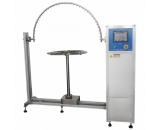

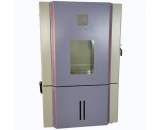

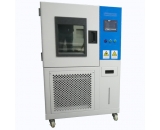

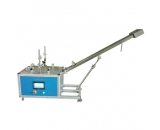

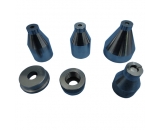






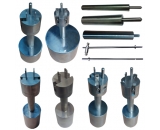
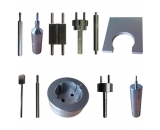
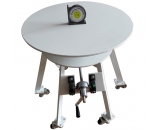
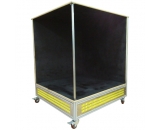

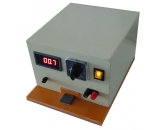
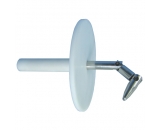
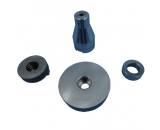
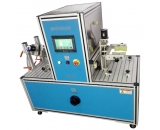
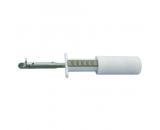
 提升卡
提升卡 置顶卡
置顶卡 沉默卡
沉默卡 喧嚣卡
喧嚣卡 变色卡
变色卡 抢沙发
抢沙发 千斤顶
千斤顶 显身卡
显身卡













